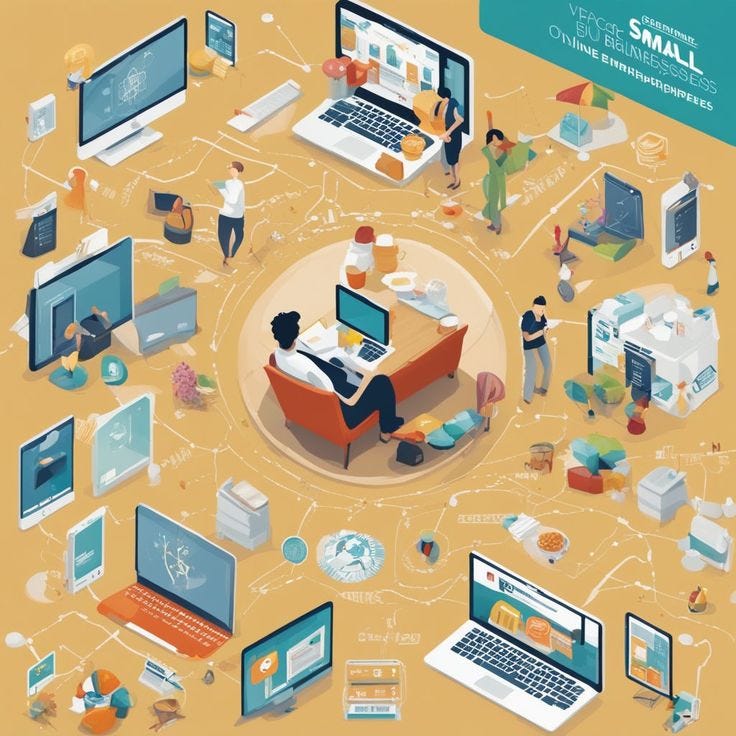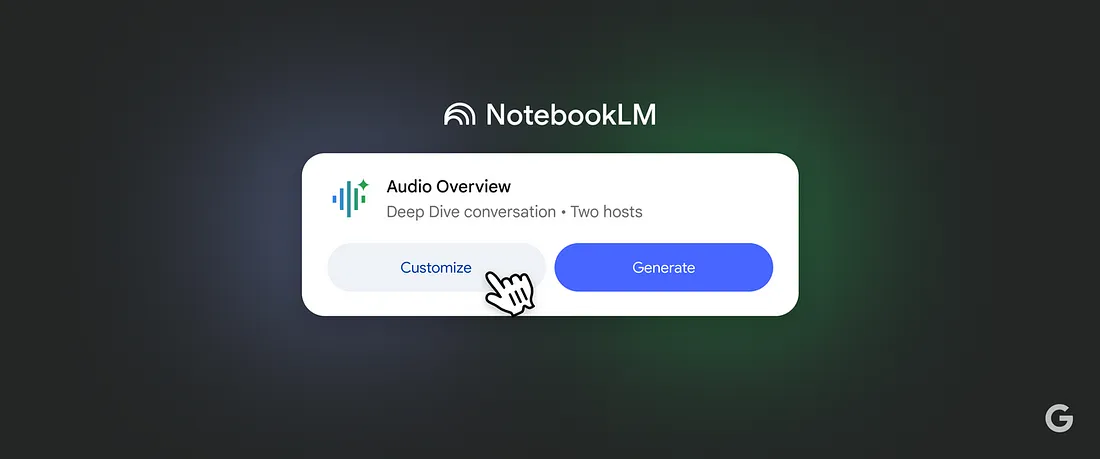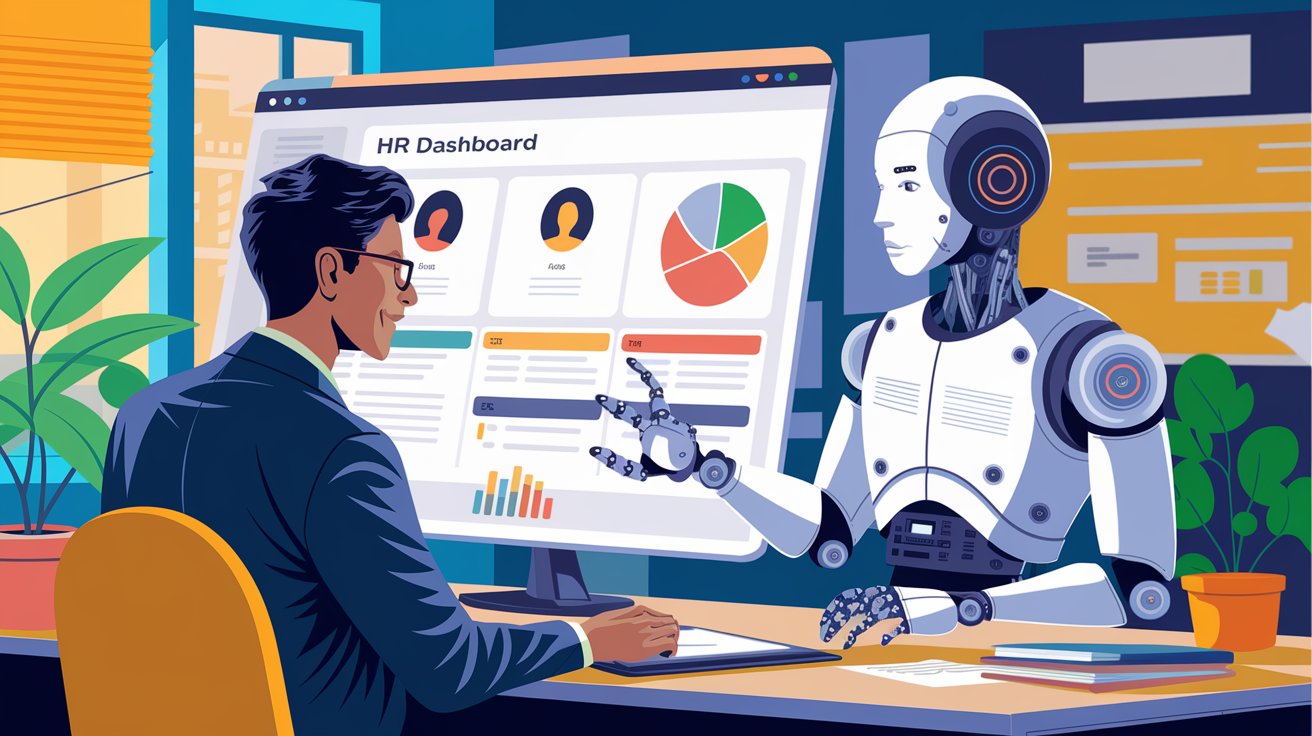Future of Business Process Automation for 2025
Future of Business Process Automation for 2025
Business Process Automation can be defined as the use of technology to facilitate the automation of difficult business processes or functions with lesser human intervention required. It encompasses some of the several tools and technologies that include: RPA; AI; or ML. According to BPA, the underlying purpose is generally to improve and increase operational efficiencies while reducing potential errors and setting employees free for strategic initiatives within the organization in pursuit of achieving added value activities.

Key Features of BPA:
- Full Workflows: It automates whole workflows, not single tasks.
- Integration of Data: Integrates several systems and applications with data flowing across the various platforms seamlessly.
- Rule-Based Decisions: Based on predefined rules for dynamic decisions
- Scalability: Flexible in the sense that it scales according to increasing business demands.
What’s the Next Big Thing in Business Process Automation?
The future of BPA is, therefore, dependent on emerging technologies.
AI-driven automation will be the next big thing: it will make it possible
for organizations to automate routine tasks and complex decision-making processes through predictive analytics and intelligent insights. Another technology that is taking centre stage is Hyper-Automation,
which means orchestrating multiple automation technologies to
maximize efficiency across all business functions.
Use Cases of AI in Automation
AI is changing BPA with its applications, such as:
- Predictive Analytics: AI makes predictions based on historical data for better decision-making.
- Customer Experience Enhancement: AI chatbots ensure that customers have a faster and more satisfying interaction.
- Document Processing: Intelligent Document Processing (IDP) automatically extracts data from documents, reducing human error in the entry process.
What Are The Modern Trends in Business Process Automation?
The trends currently influencing BPA are:
- Low-Code/No-Code Platforms: These platforms allow non-technical users to develop automation solutions without extensive knowledge of coding.
- Integration of AI and ML: Businesses are now using AI tools that learn patterns in data and get better over time.
- Compliance and Risk Management: The systems automate enforcement of compliance to the regulations with a minimum number of human errors.
What Are the Future Business Process Automation Trends in 2025?
Looking ahead to 2025, a few trends will dominate:
- Higher Adoption of Intelligent Automation: By 2025, it is predicted that 80% of organizations will deploy intelligent automation strategies.
- Greater Emphasis on Cybersecurity: As automation grows, so does the need for robust security measures to protect sensitive data.
- Human and Machine Collaboration: This will focus on the development of a balanced workforce that is a perfect blend of human and automated systems.
Balancing Automation and Workforce Development
To make this transition towards automation seamless while keeping the morale of the workforce high:
- Upskill Employees: Develop training programs that enhance the skills of employees in an automated environment.
- Promote Innovation Culture: Engage employees with new technologies and encourage them to come up with ideas for automation.
- Implement change management practices: involve employees in the automation process right from the beginning.
The Future of Business Process Automation
The future of BPA is poised for significant growth as organizations seek efficiency and competitive advantage. With advancements in AI, ML, and integration technologies, businesses will not only automate processes but also enhance decision-making capabilities. The emphasis will shift towards creating intelligent systems that adapt and respond dynamically to changing business environments.
Conclusion
As we approach 2025, embracing Business Process Automation is not
just an option; it’s a necessity for businesses aiming to thrive in a
fast-paced digital landscape. By leveraging automation strategically, organizations can unlock new levels of efficiency and innovation.
The path forward involves not only adopting technology but also
fostering a workforce ready to embrace this transformation. As we
navigate this journey together, let’s commit to harnessing the power
of automation while nurturing our greatest asset — our people.
Ready to build your tech dream team?
Check out MyNextDeveloper, a platform where you can find the top 3% of software engineers who are deeply passionate about innovation. Our on-demand, dedicated, and thorough software talent solutions are available to offer you a complete solution for all your software requirements.
Visit our website to explore how we can assist you in assembling your perfect team.





